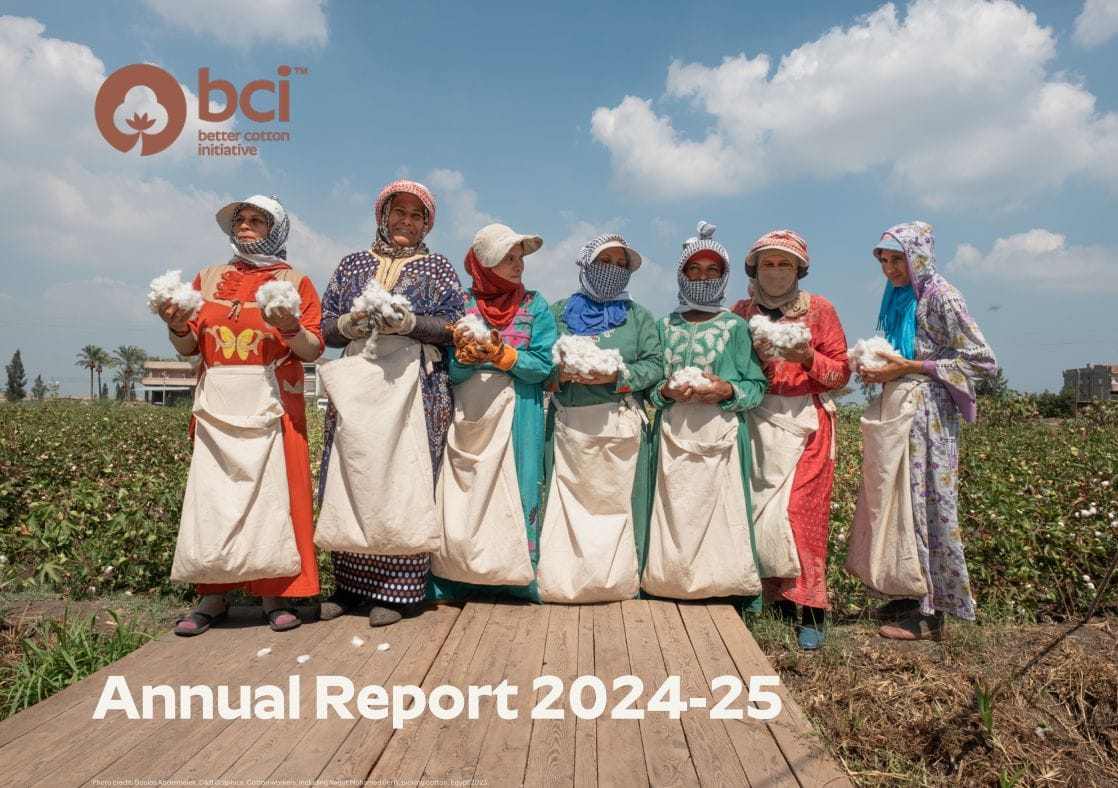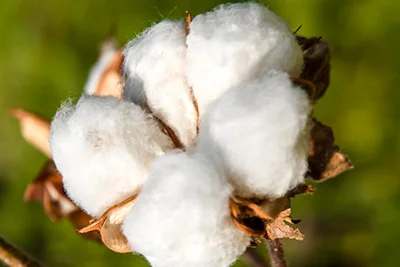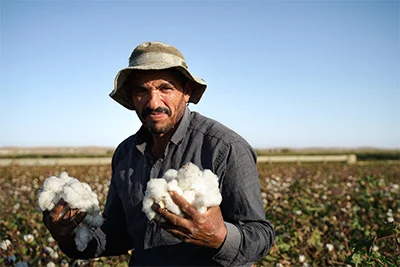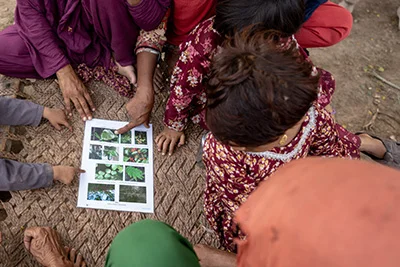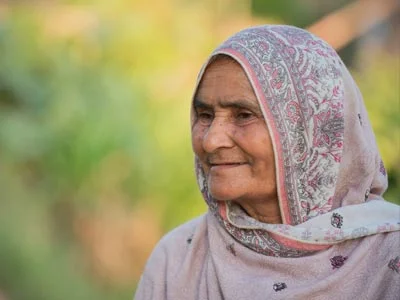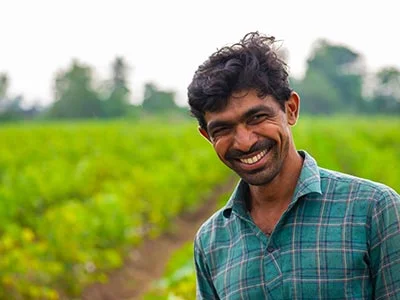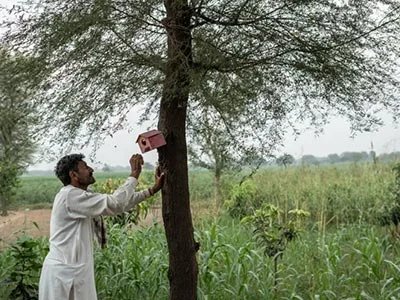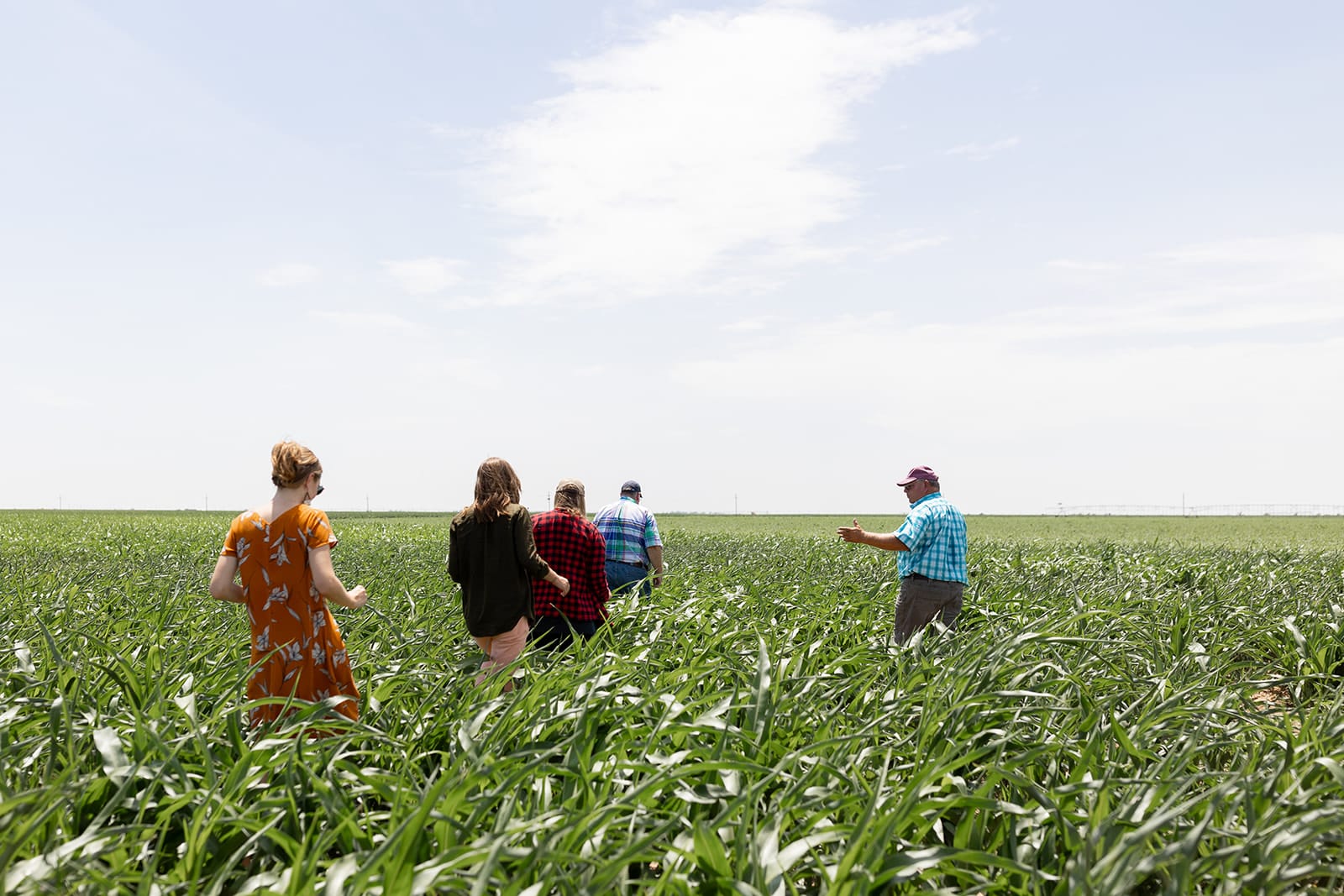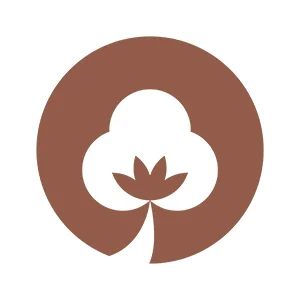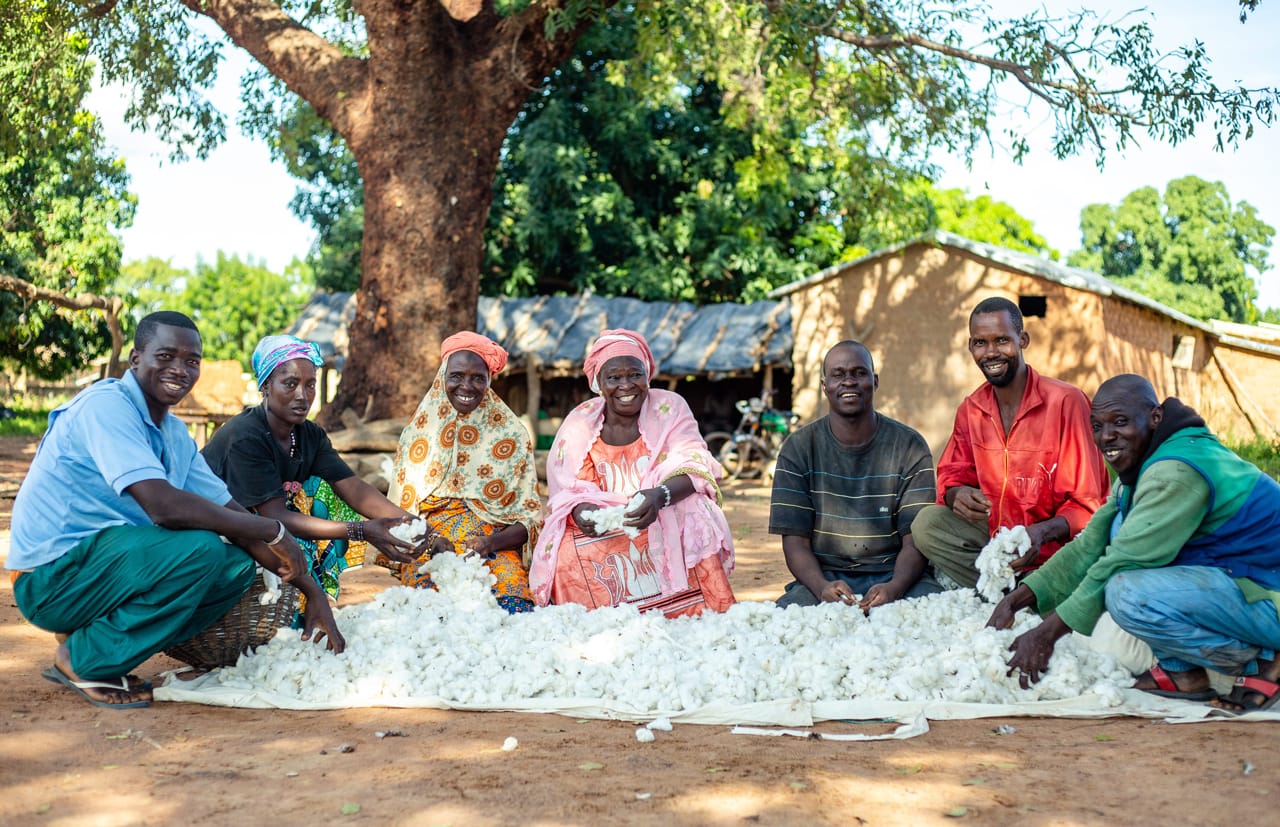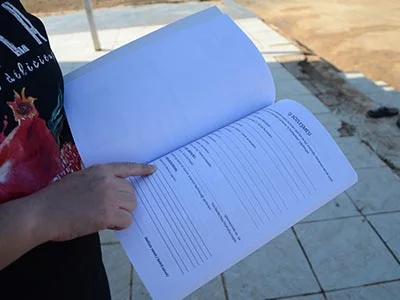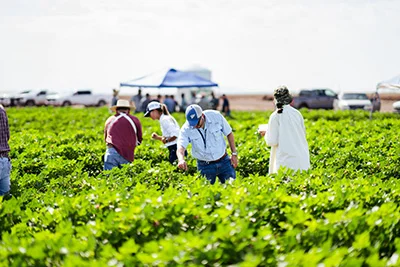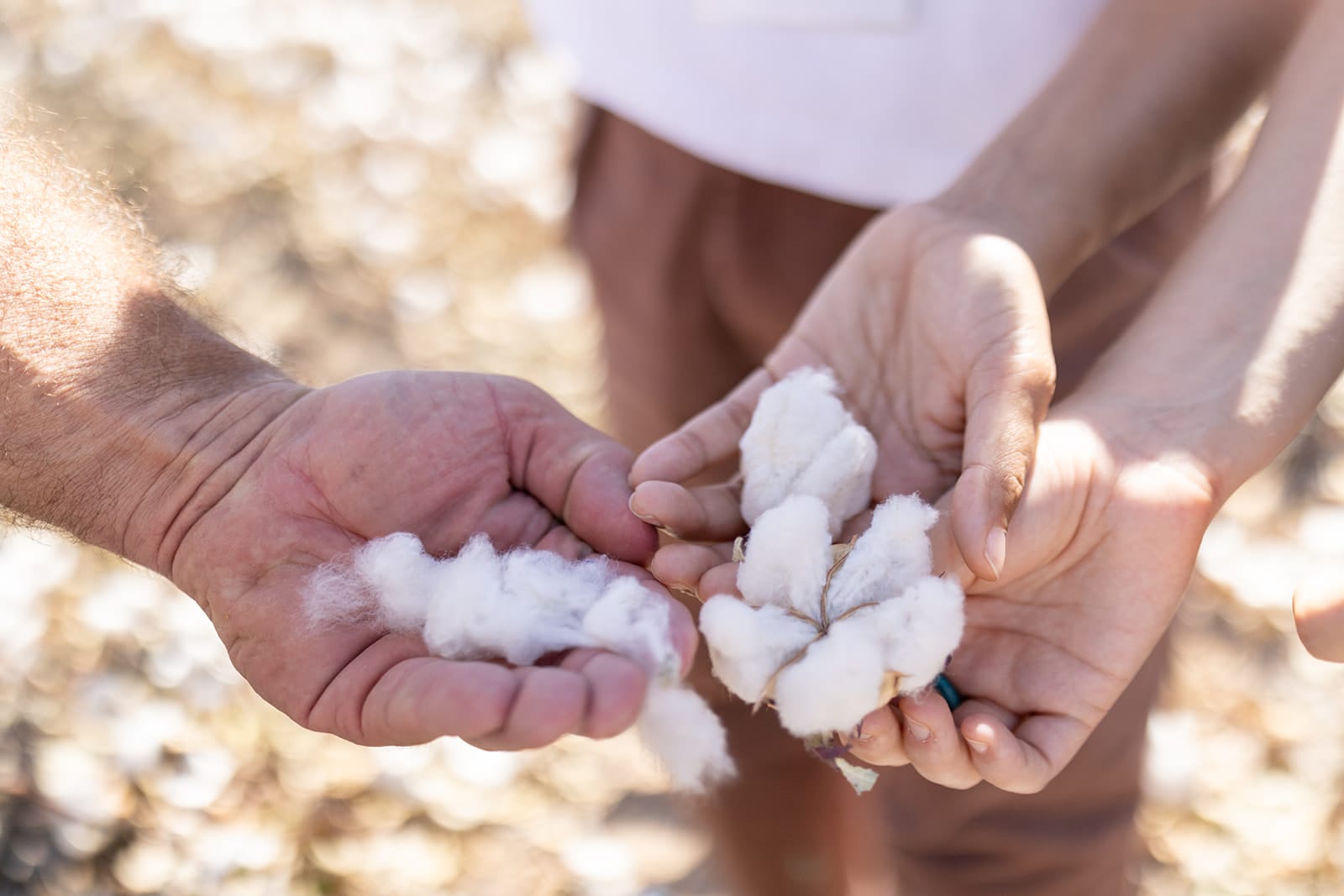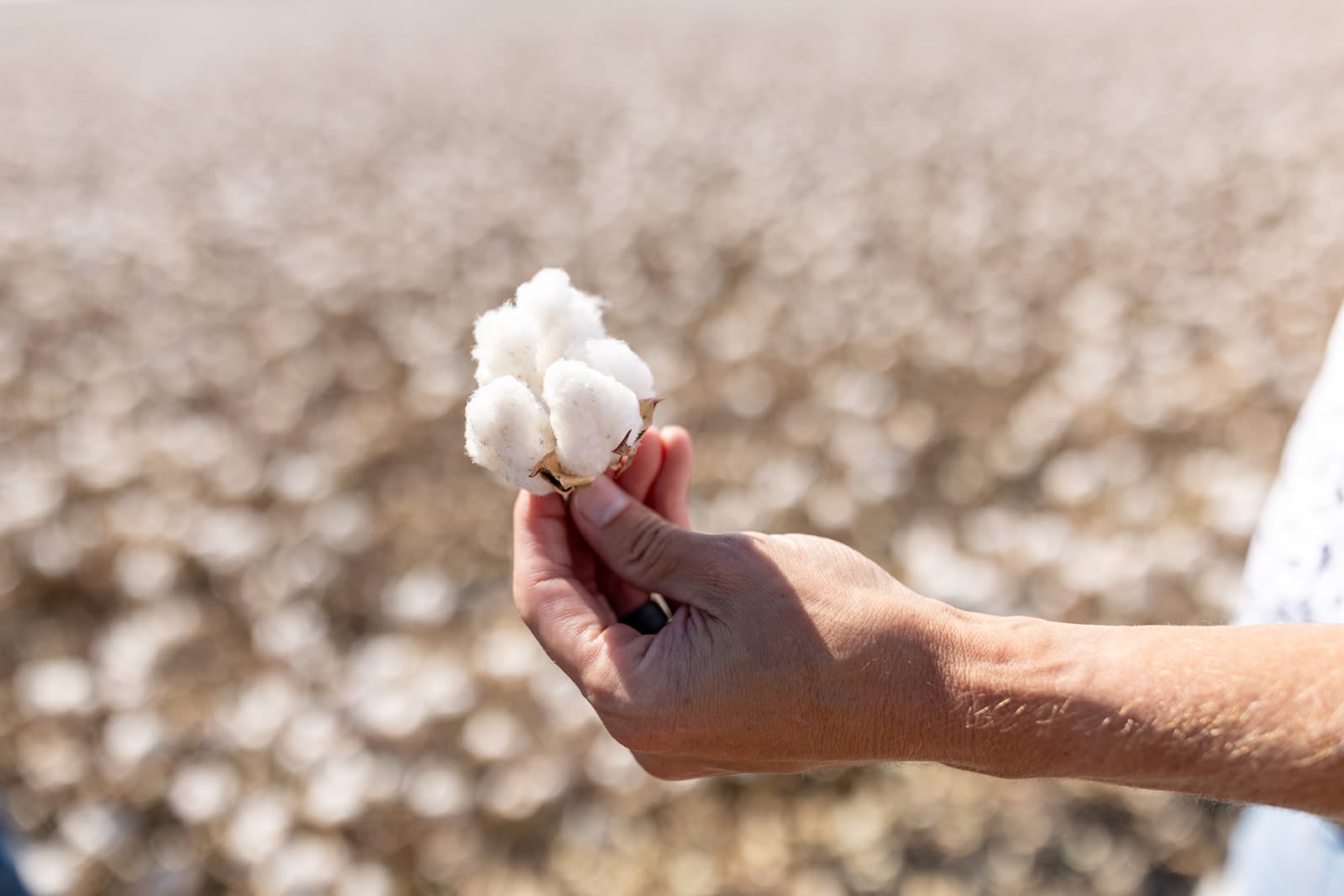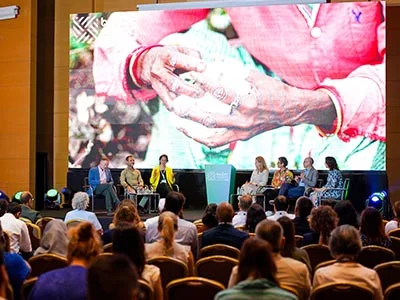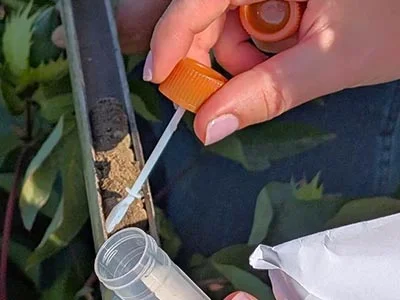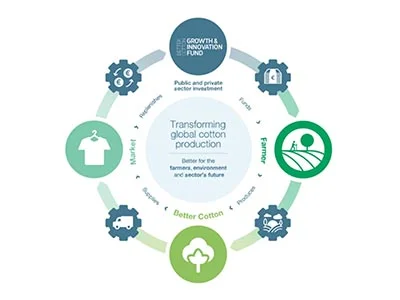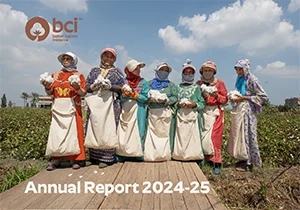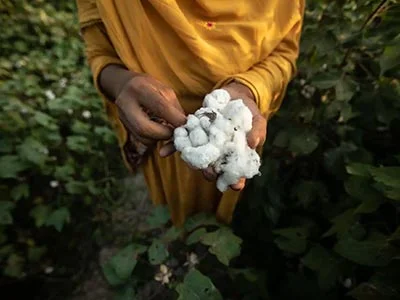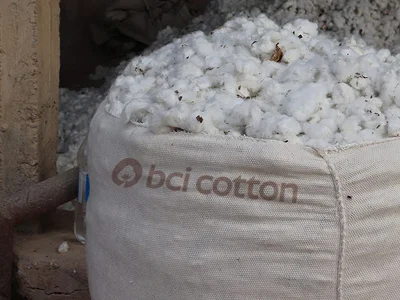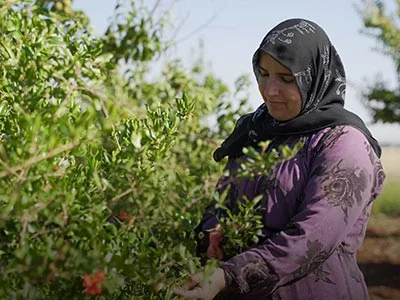On 4 October 2021, Ecotextile News published “Can cotton cool climate change?”, exploring the role cotton growing plays in climate change. The article looks closely at Better Cotton’s climate strategy and draws from an interview with Lena Staafgard, COO, and Chelsea Reinhardt, Director of Standards and Assurance, to understand how we plan to impact climate change mitigation and adaptation.
Accelerating the pace of change
With Better Cotton’s recent study on GHG emissions commissioned with Anthesis and our work with Cotton 2040, we now have better information to identify the areas contributing most to emissions and which regions will be most affected by climate change. Our existing Standard and programmes implemented on-the-ground by partners and farmers across the Better Cotton network currently address these issue areas. But we need to act fast to build on what already exists to deepen our impact.

– Chelsea Reinhardt, Director of Standards and Assurance
What we are looking to do really is to refine our focus and accelerate the pace of change, to have a deeper impact in those particular areas that are the big drivers of emissions.
Collaborating across the cotton sector
The recent Cotton 2040 study shows that half of all cotton growing areas are at high risk of extreme weather conditions in the coming decades, and we have the opportunity to take action in these regions with our potential to convene relevant stakeholders. There are challenges in providing solutions that are relevant to localised conditions, so we are using our nuanced understanding of these issues and are in a position to address them with appropriate strategies through the network we have. Ensuring we bring smallholder and large farm contexts into our approach is important.
We should be able to get there, but it’s going to be difficult and it’s going to require a lot of collaboration, pulling in the technology and the knowledge we have at the large farms and finding ways of making it available at smallholder level where so much of the world’s agriculture takes place.
Lena Staafgard, COO
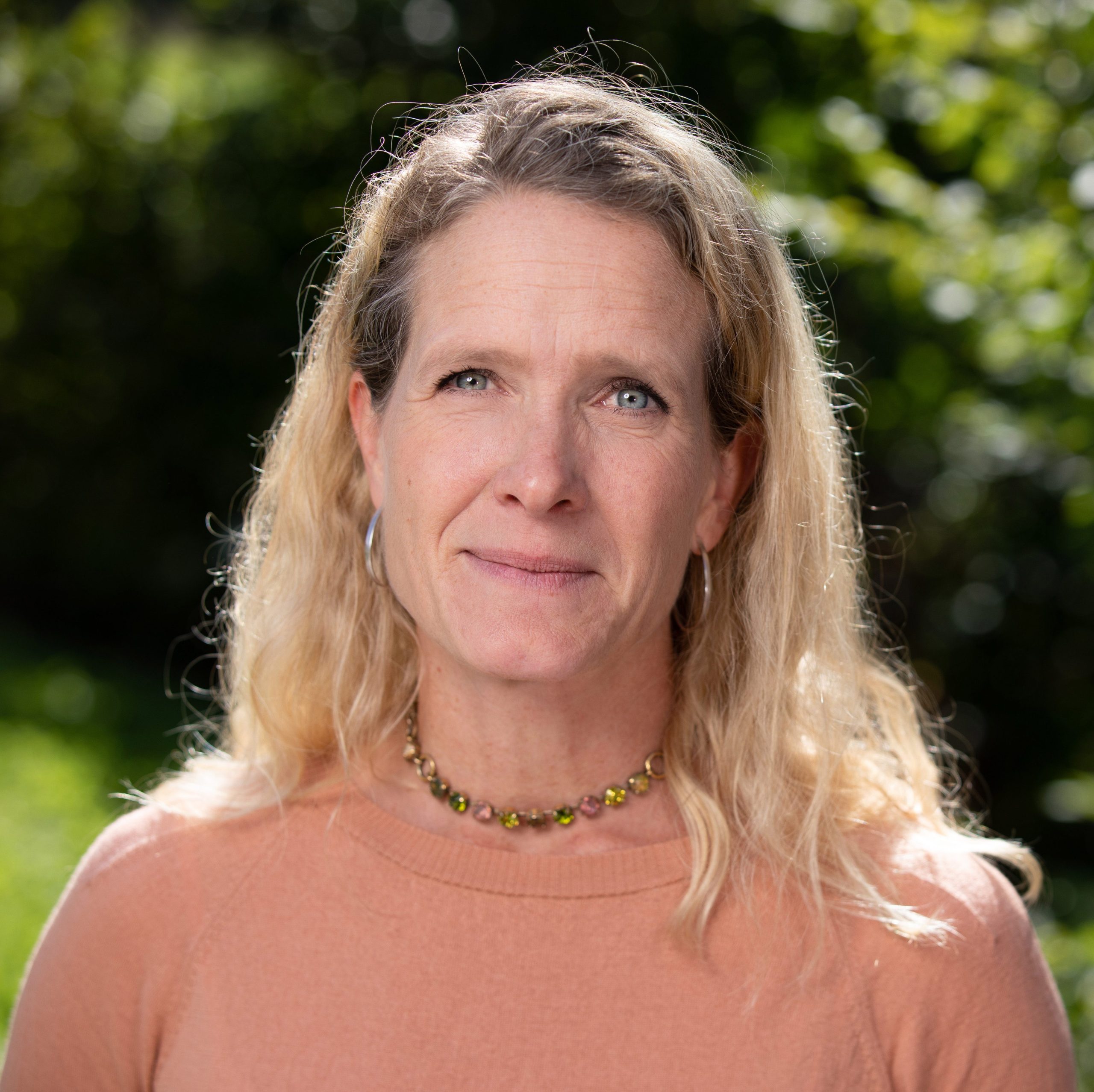

Better Cotton is in a position where we have the resources and network to collaborate towards change. Join our upcoming Member-Only Webinar to learn more about Better Cotton’s 2030 Strategy on Climate Change.
Read the full Ecotextile News article, “Can cotton cool climate change?”

